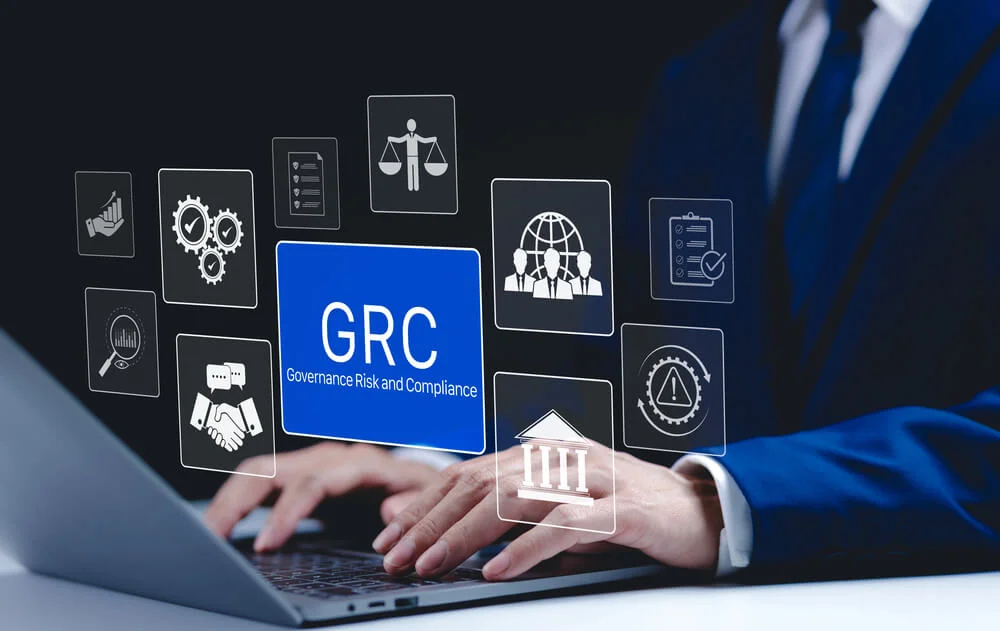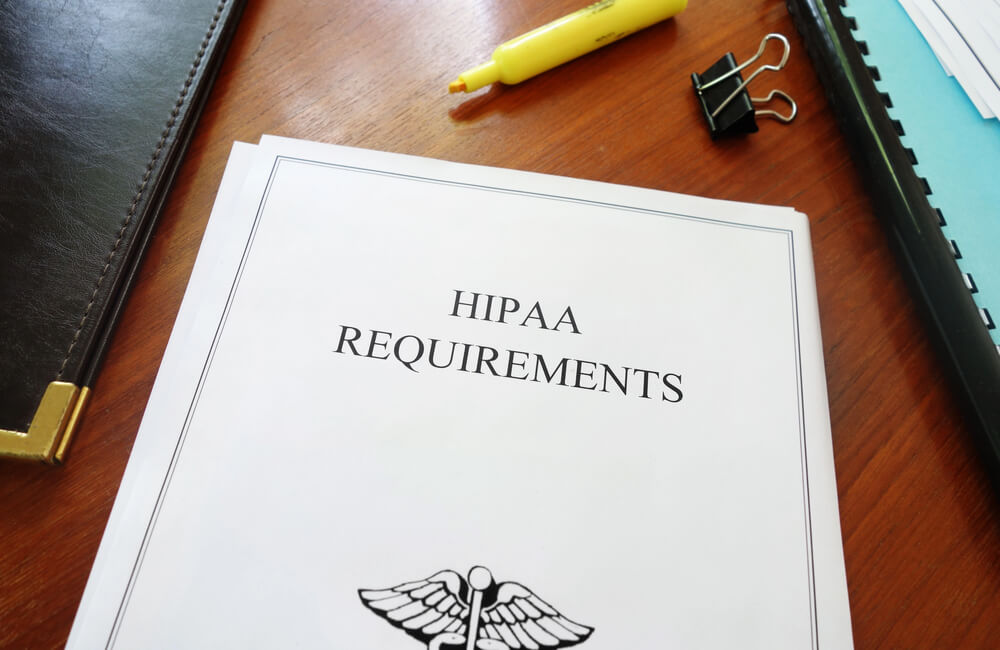4 IT Asset Management Best Practices You Should Be Using
Businesses depend on reliable IT assets. Computers, software, and information are essential to the smooth operation of any enterprise. Managing these assets properly is vital to the productivity, security, and compliance of the company. Learn how IT asset management best practices can improve efficiency, reduce risk, and save your organization time and money.

Important IT Asset Management Best Practices
Effective monitoring and management of IT assets through each stage of the asset life cycle is essential to eliminating wasted resources. If you aren’t tracking your assets consistently, you don’t know what you have, how efficiently they are working, or when it’s time to retire them.
1. Keep an Accurate Inventory of Your Assets
Asset management begins with knowing what components you have. From computers to cables and monitors to mice, IT assets represent a significant investment in your business. Keep a current and central inventory of both tangible and intangible assets.
Ghost Assets
Ghost assets don’t exist except on your books. A laptop that went missing during a flight home from a presentation and a phone that slid out of an employee’s pocket in a taxi last month are examples of ghost assets.
IT asset management best practices mandate that you track and remove them from your inventory. Otherwise, ghost assets affect the valuation of your company. You are essentially paying taxes on assets that you can no longer use.
Zombie Assets
Zombie assets are the opposite problem. These are assets that exist but have not been accounted for in your inventory. They have the effect of making your assets appear to be less valuable than they are, which also results in tax inaccuracies.
Obsolete or Nonfunctional Assets
Another common benefit of an accurate inventory system is knowing when to retire an asset. If an item is outdated, broken, or simply no longer in use, it should be retired. In other words, it should be removed physically from your assets as well as written off the books.
Centralized Inventory
Of all IT asset management best practices, this may be the most critical for accuracy, security, and planning purposes: Keep a centralized inventory that is consistent across your organization. Create one tracking system for all aspects of your IT and coordinate the data into one report.
A single cohesive inventory tracking system allows you to see the big picture of your IT assets and to make plans for the future regarding which technologies and equipment to retire, which to bring online, and which are working well and producing as expected throughout the company.
2. Teach Employees About IT Asset Management Best Practices
Everyone in your organization that uses IT assets should learn basic security and management protocols. Your employees can be either your greatest vulnerability or your first line of defense in protecting your assets.
Shadow IT
Shadow IT is when employees introduce and use software that isn’t on the books. Your IT department is generally unaware of “shadow” apps and programs until something goes horribly wrong. Let your employees know that you have zero tolerance for shadow IT in your business.
If an employee wants to use an app not provided by the company, require that it be approved and installed by your IT department. Every piece of software that connects to your network is a potential vulnerability.
Credentials and Keys
Employees should also be versed in basic security regarding permissions. Protecting your IT assets requires that workers guard their access credentials at all times. Weak passwords are easy to break. Encryption keys can be stolen and used to wreak havoc on your network. Email attacks such as phishing can have devastating consequences.
According to IT asset management best practices, employees should be taught basic information security protocols as well as personal access safety measures.
Outdated Software and Employee Feedback
Employees are generally the first to know when software has outlived its usefulness. If a program fails or simply falls short of the evolving needs of the organization, they will tell you. Listen to this feedback and act on it. Outdated software is not only a security issue but also a financial liability.
3. Track Assets and Their Life Cycles in Real Time
Every asset has a lifespan. You bring an asset online when you have need of it. It should be retired promptly when it no longer serves its purpose. Keeping outdated software and equipment online can be costly.
It’s essential to track the lifespan of each IT asset from procurement to retirement and to plan for timely updates and replacements. Software and equipment still in place after it has outlived its useful service will cost the business productivity and can leave your entire network vulnerable.
4. Follow IT Asset Management Best Practices Throughout the Organization
Appropriate asset management requires that you track, protect, and maintain assets across your network. This allows you to know where you stand with your overall IT infrastructure and make valid assessments and plans for the future IT needs of your company. When you are in command of a central and reliable inventory of your assets, you can minimize waste and maximize productivity.
Traditionally, companies employed a chief information security officer to track assets, create reports, and help guide decisions for future procurement and management of equipment and software. The CISO would also be charged with ensuring security compliance and keeping abreast of all software updates and patches, protocols, and evolving regulations. Asset management and compliance software have largely replaced the need for a full-time CISO.
The software can monitor relevant regulatory agencies 24/7, ensuring that compliance requirements are never missed or overlooked. Additionally, a good program will integrate assets into a central inventory and provide improved visibility into asset management and security. Data can be aggregated and analyzed to provide insight into trends, risks, and emerging opportunities.
IT Asset Management Best Practices for Every Business
Companies of any size in every industry depend on IT assets. It is essential to protect and maintain these assets, to keep software current, and to ensure that employees follow security protocols.
A critical element of IT asset management best practices is constant diligence in monitoring assets, events, and regulations. Compyl will help your company achieve the security, insight, and compliance required to succeed. Get in touch with us today to learn more.




